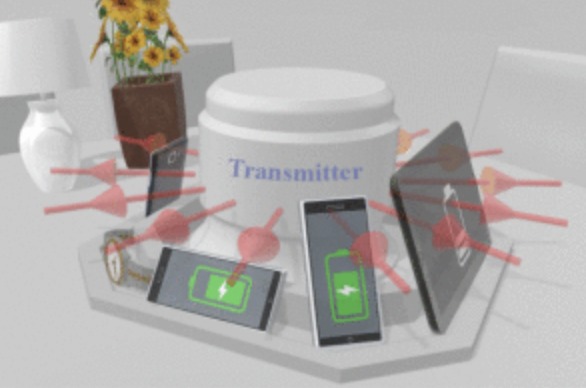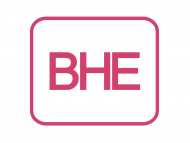Approach by Aalto University engineers uses clever coil design for old problem
Researchers at Aalto University will soon make contactless charging of smartphones and other electronic devices more suitable for everyday use. Thanks to their new method, the devices no longer have to be placed precisely in order to enable inductive charging.
Old solutions too complex In earlier attempts to develop such chargers, researchers integrated several transmitting coils, each connected to its own power source. However, the complexity of this design prevented widespread use. Another approach changed the orientation of the charging field when a device is detected, but this too is too complicated and expensive for commercialisation.
Finnish engineers led by postdoctoral researcher Nam Ha-Van have developed a simpler, cheaper yet highly functional alternative. A key component of their innovative system is a cylindrical power coil whose wires are wound in opposite directions at the top and bottom – a Z-shaped bridge connects these two ends.
Contactless charging 2.0
“As the current flows through these windings in opposite directions, it creates complementary magnetic fields,” says Ha-Van. These would spread in all directions and form an active ring, so that all devices placed in it would be charged. Their orientation does not matter. The electromagnetic field is said to be harmless to humans. In addition, the “parasitic radiation”, i.e. the field that spreads outside the active ring, is extremely small and harmless.





